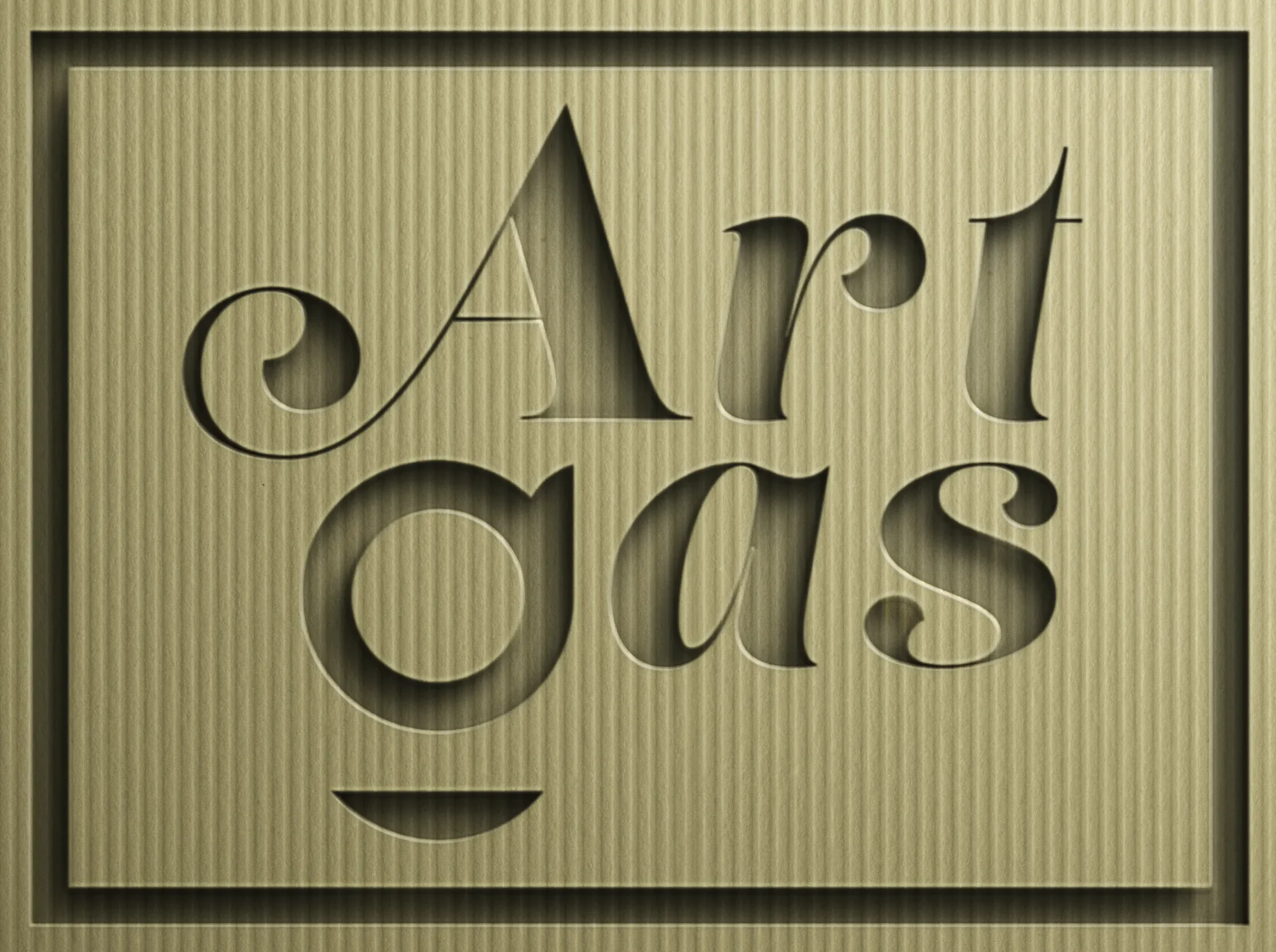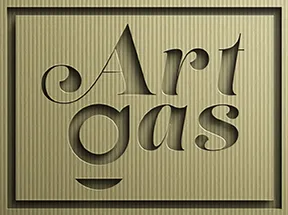Graffiti Street Art: A Vibrant Expression of Urban Culture
Introduction
Graffiti Street Art is a dynamic and visually compelling form of artistic expression that has its roots in the early days of urban culture. This art form is characterized by its vibrant colors, bold lines, and often controversial messages, making it a powerful medium for artists to communicate their ideas, social commentary, and individualistic expression. It transcends the traditional boundaries of art, challenging perceptions and inviting viewers to engage in a dialogue with the urban environment around them. This blog delves into the essence of Graffiti Street Art, tracing its evolution, understanding its popularity, and exploring its various styles and modern adaptations, including digital and AI innovations.
Overview and History
Graffiti Street Art originated in the late 1960s and early 1970s in the United States, notably in New York City, as a form of expression among young people who were marginalized or felt disconnected from society. Initially, it was a way to mark territorial boundaries or to voice political dissent. Over time, it evolved into a sophisticated art form, with artists (or “writers” as they are often called in the graffiti world) developing distinct styles and gaining recognition for their work.
The movement spread globally, with cities around the world showcasing unique styles influenced by local culture and issues. Graffiti became a key component of the hip-hop culture of the 1980s, intertwining with rap music, breakdancing, and DJing. Despite its contentious legal and ethical status, graffiti has been increasingly accepted and celebrated as a legitimate and influential art form.
Popularity and Appeal
Graffiti Street Art’s popularity lies in its accessibility and public presence. Unlike traditional art forms confined to galleries and museums, graffiti is out in the open, part of the daily lives of city dwellers. It appeals to a broad audience, transcending age, race, and social class, by turning the urban landscape into a canvas for public discourse and creativity.
Its appeal also stems from its ability to convey messages directly and powerfully, often reflecting societal issues, cultural trends, and community values. For artists, it offers a sense of freedom and rebellion against conventional norms of art making and consumption.
Classic Variations of Graffiti Street Art
Tagging
The simplest form of graffiti, consisting of stylized signatures or nicknames. It is the most common and widespread form, often seen as a way for artists to mark their presence.
Throw-Ups
A more complex form than tagging, throw-ups are usually done in bubble letters or simple script, allowing for quick execution. They are more about gaining visibility than artistic intricacy.
Pieces
Short for “masterpieces,” pieces are elaborate, colorful works that can cover entire walls. They often involve complex lettering, backgrounds, and characters, showcasing the artist’s skill and creativity.
Stencil Graffiti
Popularized by artists like Banksy, stencil graffiti uses cut-out templates to create clear, reproducible designs. This method allows for quick application and has been used for both art and political activism.
Wildstyle
A highly intricate and interlocking lettering style that is often difficult to read for those not familiar with graffiti. It emphasizes aesthetics and skill, with artists pushing the boundaries of letter manipulation.
Digital and AI Variations
With advancements in technology, graffiti has embraced digital platforms and AI, leading to new forms of expression.
Digital Graffiti
Using projectors or digital screens, artists can create graffiti that doesn’t permanently alter physical spaces. This allows for dynamic artworks that can change and evolve over time.
AI-Generated Graffiti
AI technologies enable the creation of graffiti art through algorithms, mixing styles and elements to generate unique pieces. Artists can input parameters and styles, with the AI producing artwork that reflects traditional graffiti aesthetics.
Noteworthy Artists
- Classic: Seen, TAKI 183, Lady Pink, Futura 2000
- Digital/AI: KATSU (known for drone painting), Refik Anadol (combines AI with large-scale projections)
FAQs
Q: Is graffiti street art legal?
A: The legality of graffiti art varies by location. Some cities have designated areas for street art, while in other places, it may be considered vandalism.
Q: How do artists choose their locations?
A: Artists select locations based on visibility, significance to the community, or the surface’s suitability for their work. Some also consider the legal risks involved.
Q: Can graffiti be commissioned?
A: Yes, many graffiti artists undertake commissioned works for businesses, private homes, and public projects, bringing legitimacy and recognition to the art form.
Q: How has graffiti influenced mainstream art and culture?
A: Graffiti has been embraced by the fashion industry, graphic design, and advertising. It has also influenced many contemporary artists and is recognized in prestigious art institutions.
Conclusion
Graffiti Street Art is more than just writing on the wall; it’s a vibrant form of communication that reflects the pulse of urban life. Its evolution from simple tags to complex pieces and digital expressions showcases its adaptability and enduring relevance. Through its various styles, graffiti offers a window into societal issues, personal identities, and cultural trends, making it an essential aspect of the global art landscape. The collection of Graffiti Street Art here at Art Gas celebrates this dynamic art form, inviting viewers to explore the rich tapestry of urban expression.
Main Keywords
- Graffiti Street Art
- Urban Culture
- Digital Graffiti
- AI-Generated Art
- Street Art Variations


